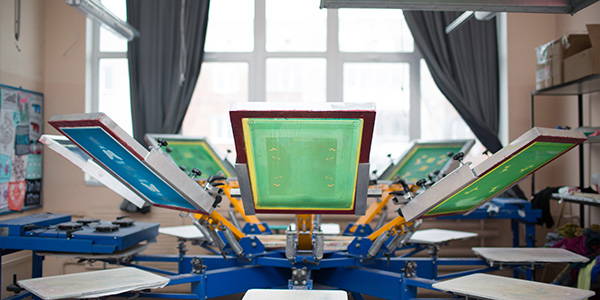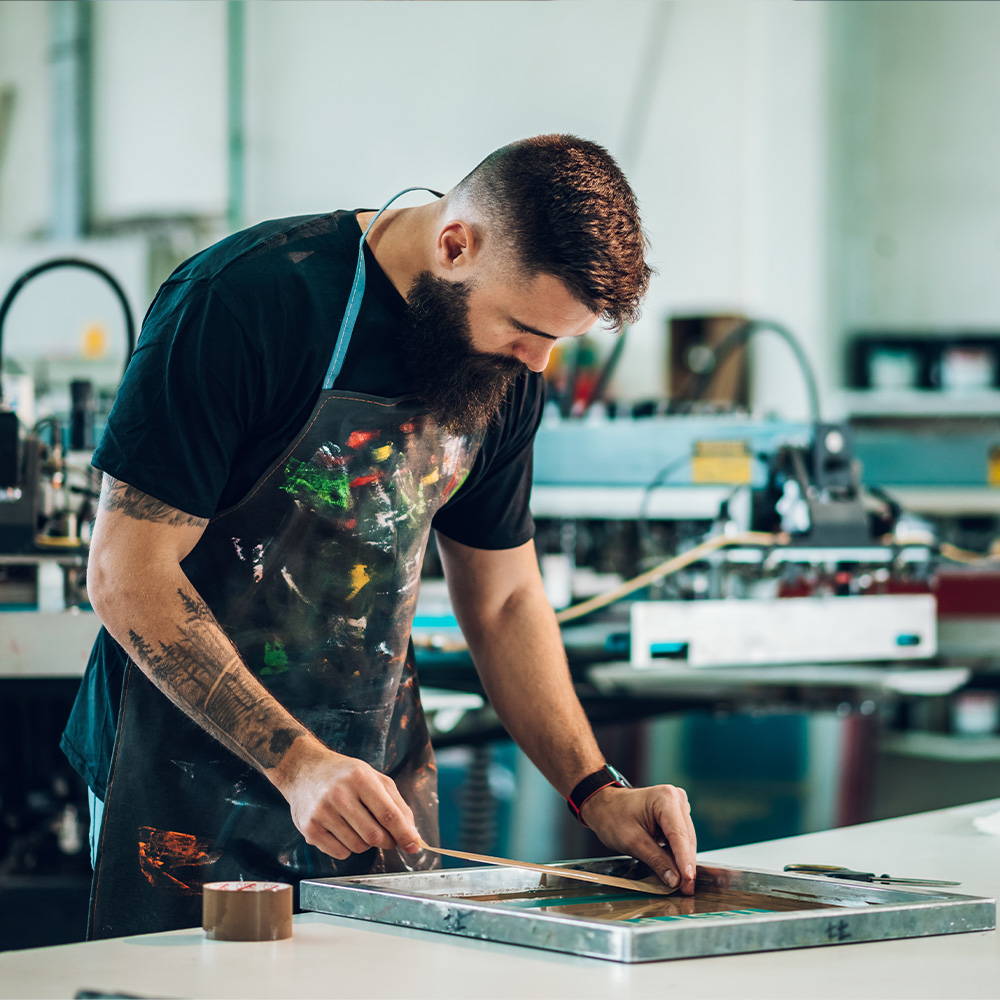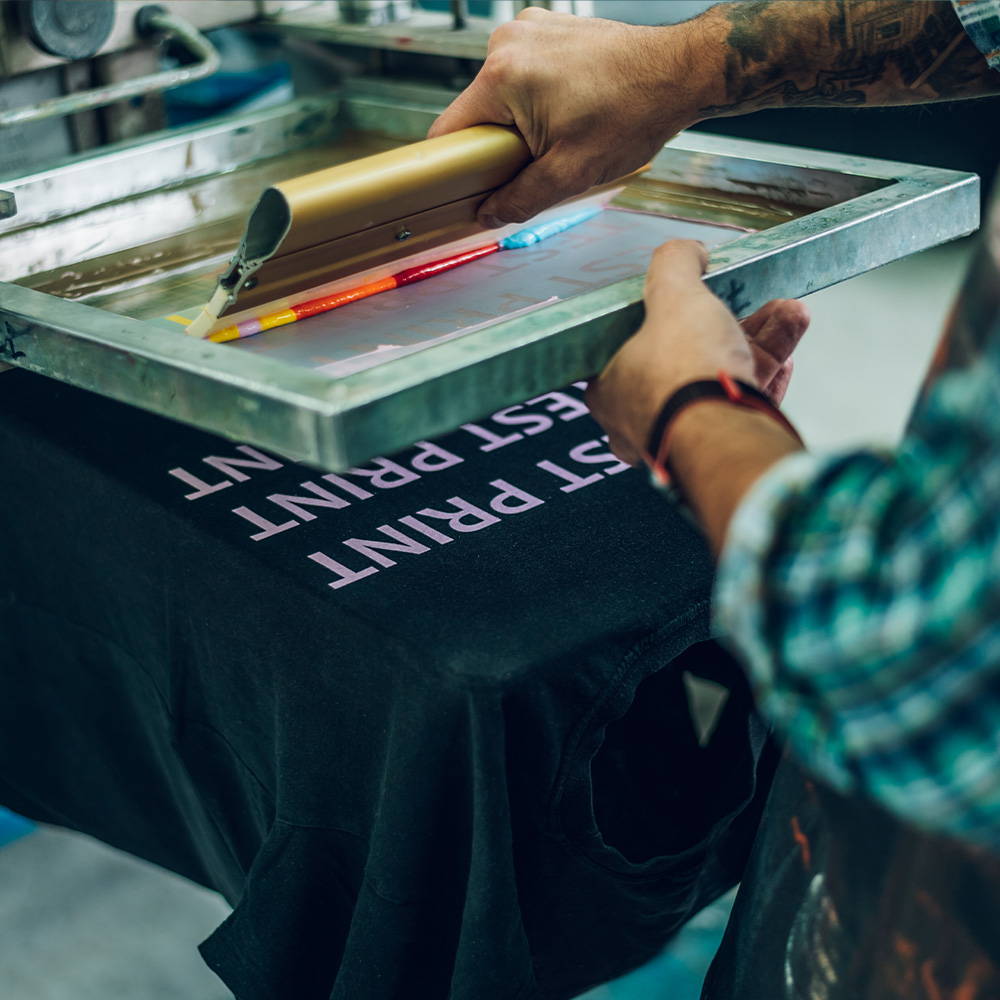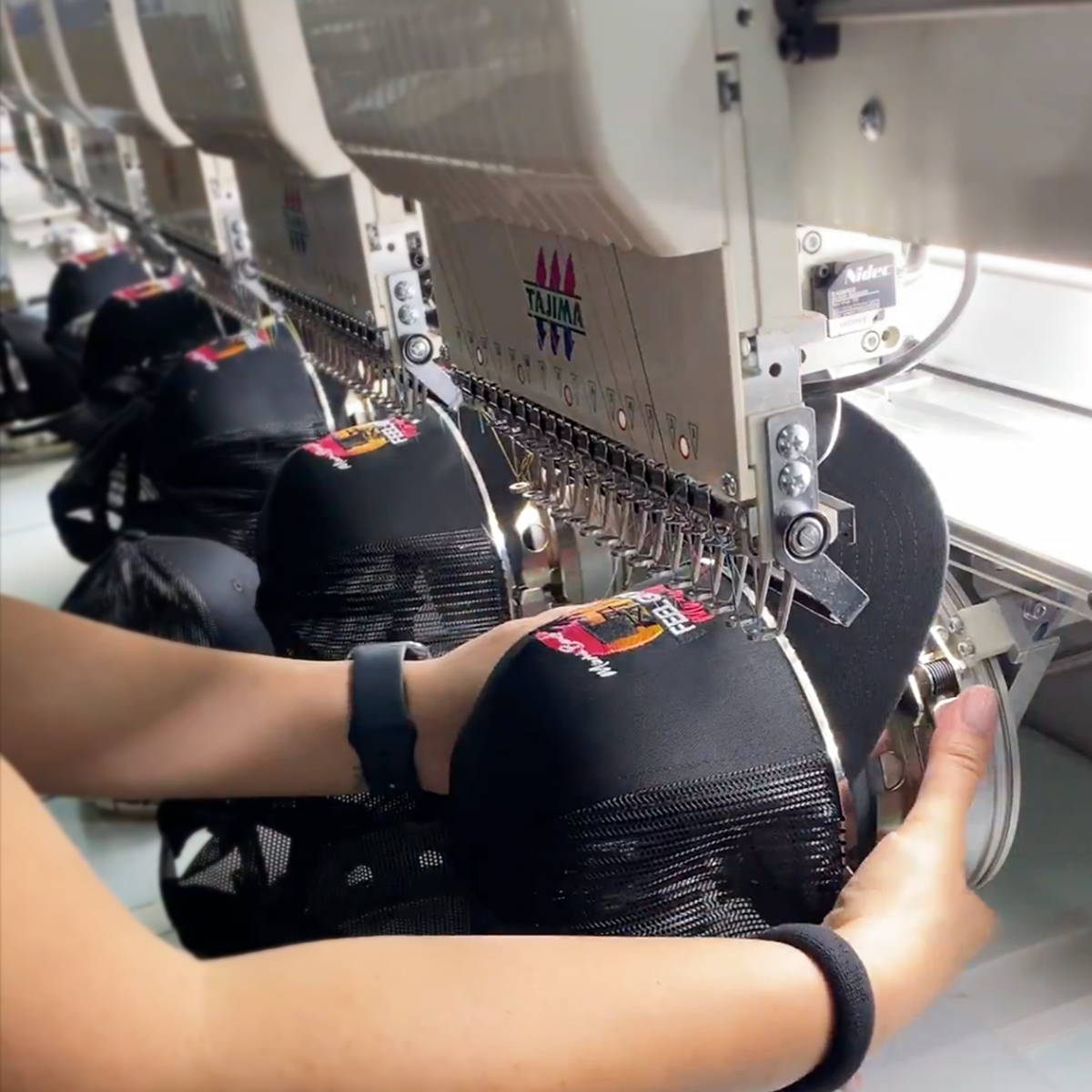How to Screen Print T-Shirts

Unlock the Secrets: Learn How to Screen Print T-Shirts Like a Pro!
Ever since I stumbled upon an old screen printing kit at a garage sale, my weekends have transformed into a whirlwind of inks, screens, and endless creativity. There's something incredibly satisfying about turning a plain T-shirt into a piece of wearable art. In this guide, I'll walk you through the joys and challenges of screen printing, just like I experienced them. Whether you're looking to start a new hobby or add a personal touch to your wardrobe, screen printing offers endless possibilities.
.

What is Screen Printing?


Find the perfect tee
Find the perfect t-shirt effortlessly! Take our short quiz and answer a few simple questions about your style, fit, and material preferences.
Our quiz will quickly narrow down the options and provide personalized recommendations just for you.

From Paper to Screen

Crunching the Numbers: Average Costs
Ballpark Figures for Different Printing Methods
Additional Costs to Consider
Get a Quick Quote
Ready to discover pricing fast? Don't hesitate – click the button below and get your quick quote now.
Tips for Cost-Effective Custom T-Shirt Printing
Curious to know the cost of Custom Embroidery?
If you're curious to know the cost of embroidery, click the "Learn more" button below and find our the costs on your specific needs!

Sign up for Great offers
Join us to get unlimited access to the our weekly offers
